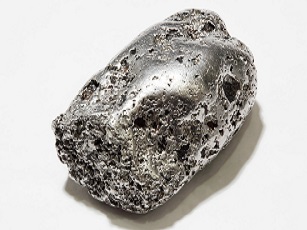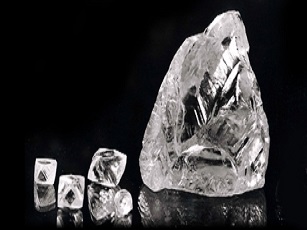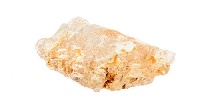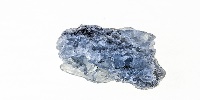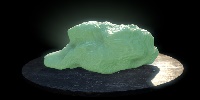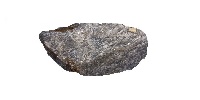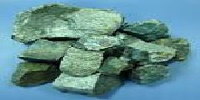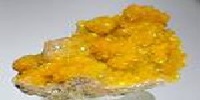Rhodium Mining
RHODIUM MINING:
Rhodium is one of the rarest metals among non-radioactive metals found on Earth. It occurs in natural alloys with other noble metals in iridosmine (11.25% Rhodium) and siserskite (4.5% rhodium).
MINING:
Even though rhodium occurs in natural alloys, it is not used for commercial rhodium extraction. Commercial rhodium is extracted from copper sulfide and nickel ores, as they contain rhodium and other platinum group metals. The copper and nickel ores containing rhodium are mined through surface mining and underground mining. Chalcocite and chalcopyrite are the ores primarily mined for extracting rhodium.
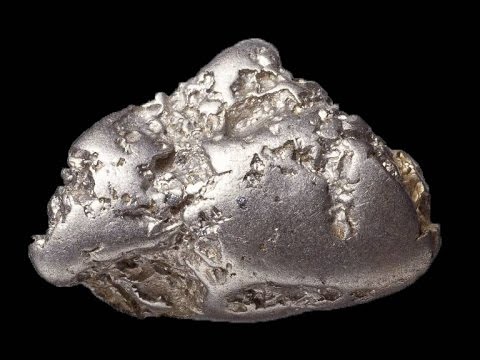
In surface mining, the open-cut mining method is utilized. The surface is initially analyzed to determine the distribution of ores. Mines are dug in steps along walls for easy ore extraction. Ramps are built alongside the walls to facilitate the movement of heavy machinery, laborers, and transporting trucks. A pond is excavated inside the quarry for storing processed tailings and water waste. The pond is often contaminated with sulfur and radioactive waste. This method is the most effective but less economical for mining rhodium-containing copper and nickel ores. It is safe, and the rehabilitation of open-pit mining is an easy and assured process.
Underground mining is employed in areas where ores are located deep beneath the Earth's surface. It is utilized only when the deep-dug ores are of premium quality and can justify the financial requirements of the mining process. The main sources of ores containing rhodium are riverbeds in the Ural Mountains of Russia, Sudbury in Ontario, Canada, and primarily from South Africa.
Processing and Extraction:
The collected ores of copper and nickel with rhodium are milled and crushed into gangue. Then, the crushed gangue undergoes the process of copper and nickel roasting, smelting, and finally electrolytic refining for the removal of impurities. In electrolytic refining, noble metals such as gold, silver, platinum, osmium, rhodium, ruthenium, and non-metals such as selenium and tellurium settle down as anode mud inside the electrolytic cell.
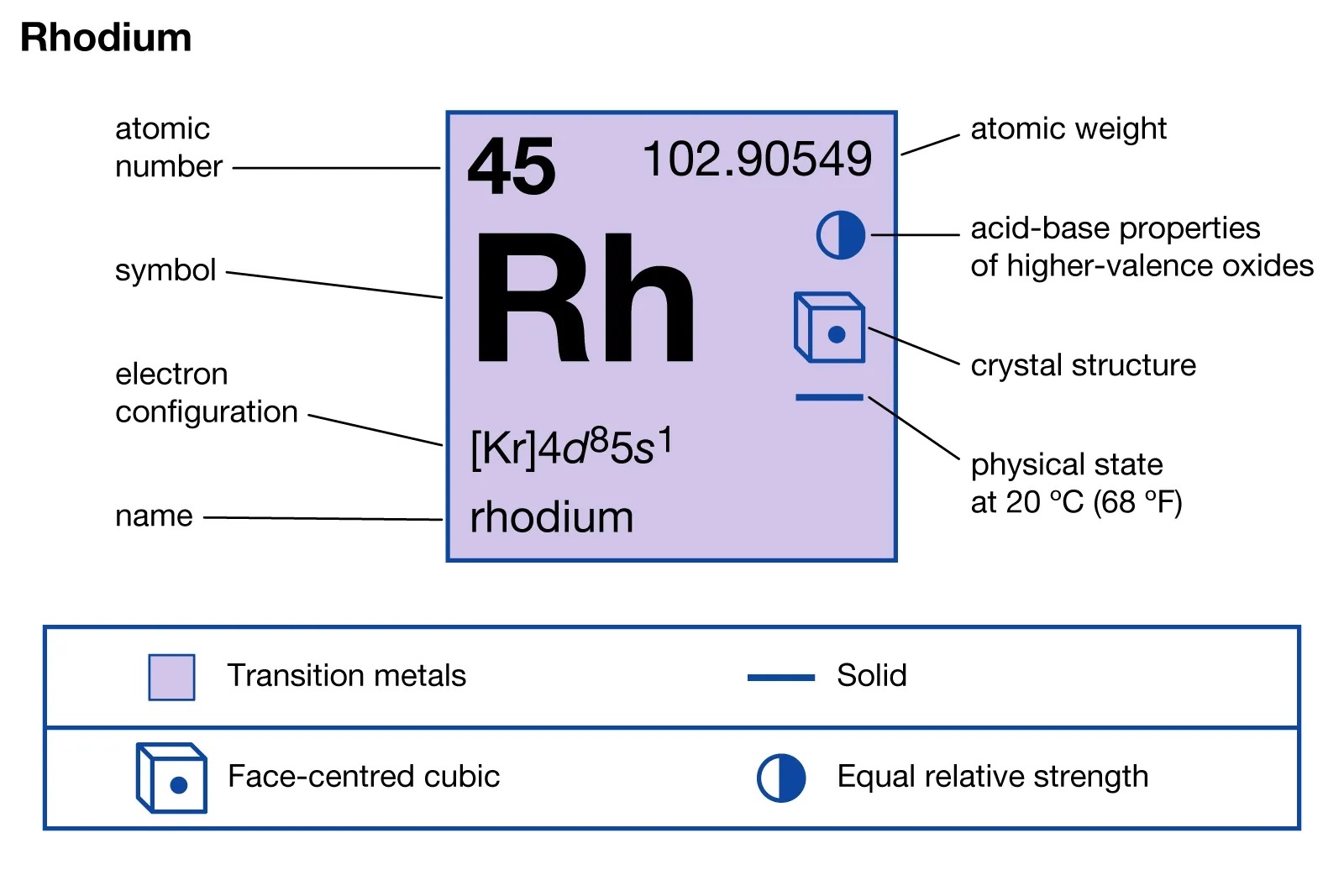
The collected anode mud is the primary component for rhodium extraction. The anode mud is dissolved in a liquid solution by adding sodium peroxide (Na2O2) to it. Then, the mixture is reacted with aqua regia or chlorine under concentrated hydrochloric acid, with the scale of acid usage based on the composition of the anode mud mixture. After the reaction, gold, platinum, and other non-metals are dissolved in the concentrated acid mixture, leaving rhodium, osmium, iridium, and ruthenium as a solid residue.
The solid residue is then treated with sodium bisulfate (NaHSO4) to separate rhodium from the mixture. The separated rhodium is reduced under hydrogen to produce rhodium metal sponges. These sponges are later processed into fine powder of rhodium metal through a powder metallurgical process. Rhodium is one of the costliest metals out there, and its major producers are South Africa, Russia, Canada, and Zimbabwe.
DEFINITION:
Rhodium is a chemical element that is a rare, silvery-white, hard transition metal and a member of the platinum group. Rhodium is found in platinum ores and is used in alloys with platinum and as a catalyst. It is abbreviated to Rh and has an atomic number of 45. It is one of the most expensive precious metals.
PROPERTIES:
Rhodium is a hard, silvery-white, and tough metal that has a high reflectance. Rhodium metal does not usually form an oxide, even when heated. Oxygen is absorbed from the atmosphere at the melting point of rhodium, but upon solidification, the oxygen is released. Rhodium has both a higher melting point and lower density than platinum.
APPLICATIONS:
An electrical contact substance due to its low electrical resistance, low and stable contact resistance, and high corrosion resistance.
-
The compound of rhodium with BINAP gives a widely used chiral catalyst for chiral synthesis, as seen in the synthesis of menthol.
It is also used as a filter in mammography systems because of the characteristic X-rays it produces.
Related Mining

